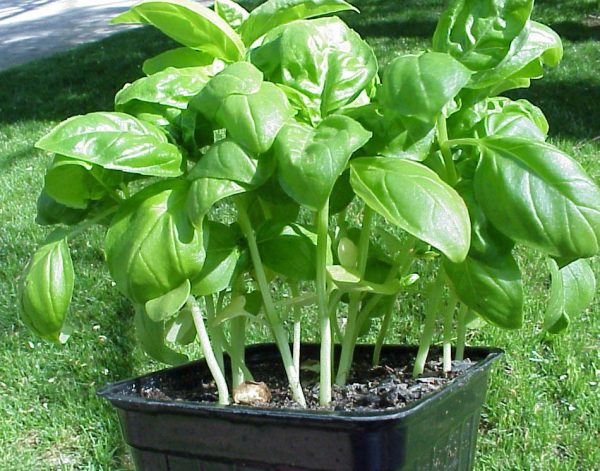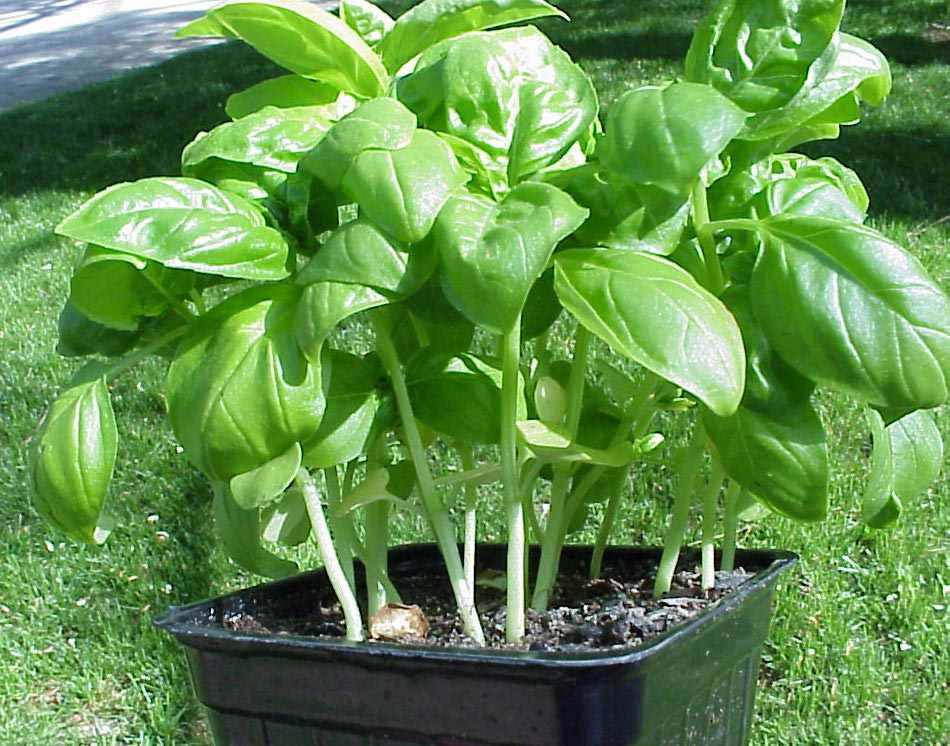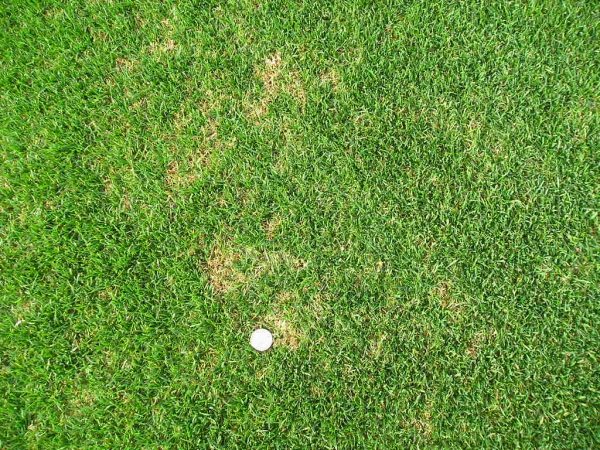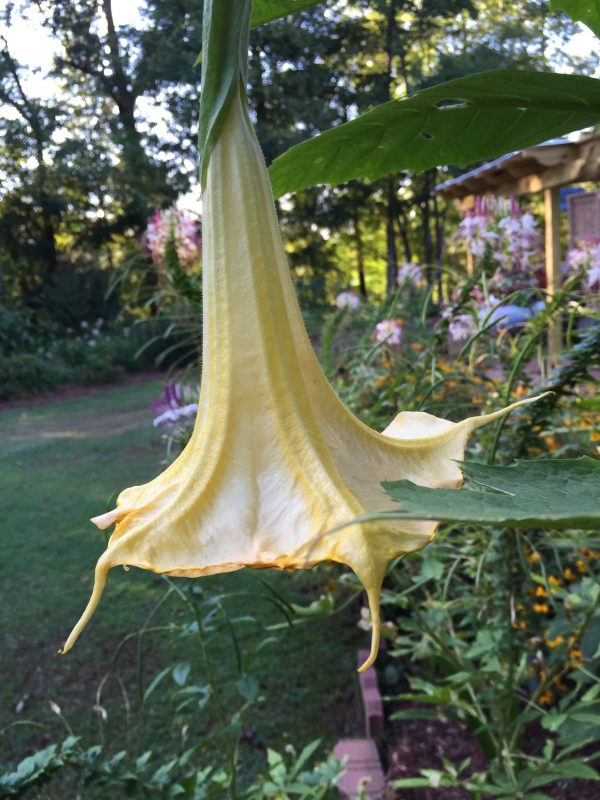Bioassay – Testing Manure and Hay for Herbicide Contamination

How to Test for the Presence of Herbicides: Pot and Field Bioassays
taken from “Herbicide Carryover in Hay, Manure, Compost,and Grass Clippings” NC State University
Some laboratories can test for the presence of herbicides, but the tests are expensive and may not be as sensitive as a plant bioassay that you perform yourself. This simple pot bioassay involves growing beans, peas, or tomatoes, which are very sensitive to the presence of these herbicides, in the aged manure or compost.
First, take a number of random, representative samples (small shovelfuls) from throughout the pile of aged manure or compost, being sure to get deep inside the pile. Mix thoroughly. If there are separate sources of manure or compost, conduct individual assays for each.
Prepare three to six small (4- to 5-inch) pots with a 1:1 mix of the manure or compost with a commercial potting mix containing fertilizer. Fill several control pots with only the commercial potting mix. Put saucers underneath each pot, or position the pots far enough apart so that water running out of the bottom will not reach another pot.
Plant three pea or bean seeds or a small tomato transplant in each pot, water, and let them grow for two to three weeks. There should be at least three sets of true leaves on the peas or beans.
If the plants in the control pots grow normally and the ones in the pots with manure or compost do not, you can assume the manure or compost is contaminated with an herbicide that will adversely affect sensitive plants. If they all grow normally, it would be reasonable to assume that the manure or compost is fine.
Keep in mind, however, that the test will be only as good as the samples you take. It would be better to err on the side of too many samples than too few (at least 20 per pile).
You can create a similar test for hay or grass clippings by filling the pot with commercial potting mix and spreading a thick layer of the hay or grass clippings on top.
If a field or garden site has previously been treated with one of the herbicides of concern or been contaminated through the application of treated manure, compost, hay, or grass clippings, a field bioassay can be conducted. Plant peas or beans in short rows scattered throughout the affected area.
If herbicidal symptoms appear, do not plant sensitive plants; plant grasses. Test again the following year. If the test plants grow normally, it should be safe to grow broadleaf crops.

















